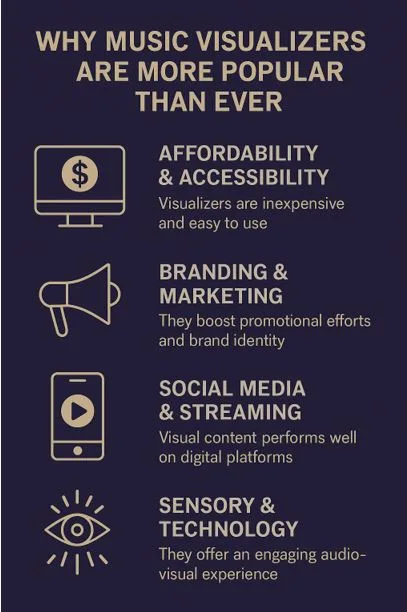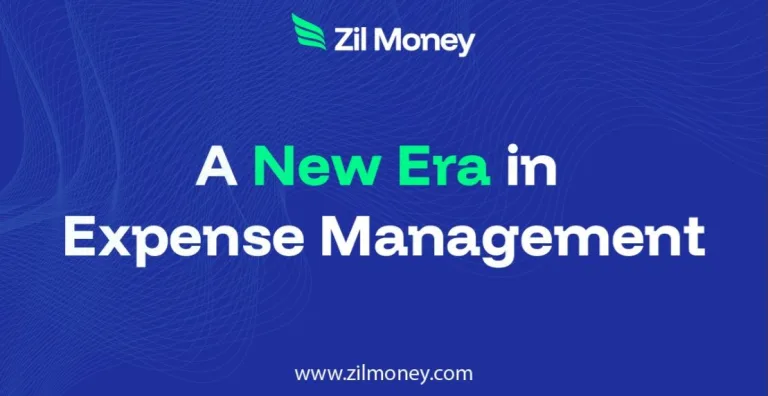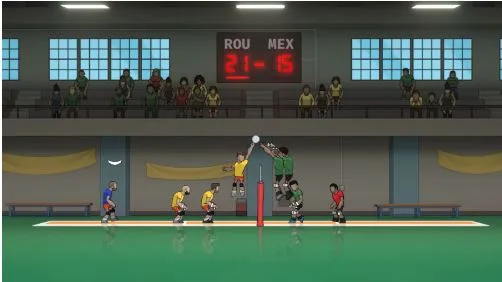Music Visualizers: Increasing Popularity Explained
Music has always been about more than just sound. From the earliest concerts filled with dramatic lighting to the modern-day fusion of sound and interactive media, listeners have long sought ways to “see” as well as hear the music they love. Today, music visualizers—software tools that translate sound into dynamic visual patterns—are enjoying a surge in popularity. They are no longer just niche add-ons for tech enthusiasts or DJ sets; they have become mainstream tools with wide-ranging applications across entertainment, marketing, gaming, and social media.
This article explores what music visualizers are, why they’ve gained such traction, and the many ways they’re transforming how we experience sound.
What Is a Music Visualizer?
A music visualizer is a program or plugin that converts audio input into real-time visuals. These visuals often take the form of waveforms, geometric shapes, or abstract animations that move and shift in response to rhythm, pitch, and amplitude.
The concept has been around for decades. Many people remember the psychedelic waveforms in Winamp or the colorful patterns built into Windows Media Player. What was once a quirky novelty has since evolved into a sophisticated medium powered by modern computing power, advanced rendering, and even artificial intelligence.
The Return of an Old Trend
While visualizers have been around since the late 1990s, they’ve made a major comeback in recent years. Part of this resurgence is fueled by platforms like YouTube, TikTok, and Spotify, where static album covers are no longer enough to grab attention. Fans and artists alike crave visuals that match the energy of the track, and music visualizers provide an affordable, versatile solution.
For independent musicians without the budget for a full music video, a visualizer offers a way to add flair to a release. For audiences, visualizers provide an immersive way to connect with the music, blending audio and visual artistry into a unified experience.
Why Music Visualizers Are More Popular Than Ever
So why have music visualizers become such a hot topic again? Several cultural, technological, and industry trends are driving their popularity.
- Accessibility – Visualizers are easier to use than ever before, thanks to apps and plug-ins that require no technical knowledge.
- Social Media Sharing – Platforms like Instagram, TikTok, and YouTube favor eye-catching visuals, making visualizers perfect for content creation.
- Streaming Culture – As people listen to more music online, visual components help make songs stand out in crowded digital spaces.
- Affordability – Full music videos can be expensive; visualizers provide a lower-cost way to add visual identity.
- Customization – Visualizers can be tailored to match branding, mood, and artistic style.
Together, these factors explain why visualizers have become ubiquitous across so many creative industries.
Expanding Use Cases for Music Visualizers
The versatility of music visualizers means they’re being adopted across multiple domains, from marketing to gaming. Here are some of the most common and growing use cases:
- Artist Branding – Musicians use visualizers to create consistent branding across releases, playlists, and promotional materials.
- Live Performances – DJs, VJs, and bands integrate real-time visualizers into concerts, enhancing audience engagement.
- Streaming Platforms – YouTube and Spotify often feature tracks accompanied by animated visuals rather than static covers.
- Social Media Content – Short, looped visualizers make for shareable content on TikTok, Instagram Stories, and Reels.
- Gaming – Rhythm and VR-based games integrate visualizers for interactive, immersive experiences.
- Corporate and Marketing Events – Businesses use music-driven visuals in product launches and events to create atmosphere.
These diverse applications show how visualizers have grown beyond being simple entertainment tools into multifunctional assets.
Music Visualizers in the Age of AI
Artificial intelligence has supercharged music visualizers. AI-powered platforms can now generate visuals that do more than respond to beats—they can interpret mood, genre, and even lyrical content. Instead of repetitive patterns, AI-driven visualizers can create entirely unique experiences for each track, opening the door to personalization and deeper immersion.
For example, AI can design visuals for a soft acoustic track that are vastly different from those for an EDM anthem, all without requiring human input. This scalability makes visualizers appealing for streaming services, where thousands of tracks need engaging content daily.
Why Fans Love Visualizers
The popularity of visualizers is not just a matter of industry economics; fans genuinely enjoy them. Many listeners find that visuals heighten emotional connection, making the experience of listening more memorable.
Some fans even use visualizers as digital décor—letting them play on big screens during house parties, study sessions, or relaxation. Unlike a full music video, which demands attention, visualizers can blend into the background while still adding aesthetic value.
Visualizers as a Marketing Tool
In today’s crowded music industry, marketing is as important as the music itself. Visualizers have become a crucial tool in this battle for attention for businesses around the globe. They are cheap, quick to produce, and highly shareable.
For emerging artists, visualizers can help build anticipation for upcoming albums or singles. Labels often release visualizers before official music videos, giving fans an early taste of the song with a visual identity attached. The added exposure can mean the difference between obscurity and virality.
The Psychology of Music Visualization
One reason visualizers resonate so strongly is rooted in psychology. Humans naturally link sound with vision—when we hear rhythms or melodies, our brains instinctively imagine movement and patterns. Music visualizers tap into this tendency, offering a form of synesthetic satisfaction.
By providing visuals that pulse, shift, and morph with the beat, visualizers allow us to experience music more holistically. They’re not just add-ons; they’re extensions of how our brains already process sensory input.
The Future of Music Visualizers
The future looks bright for music visualizers as technology continues to evolve. We can expect to see more immersive experiences that go beyond simple waveforms. Virtual reality (VR) and augmented reality (AR) are likely to push visualizers into new dimensions, allowing users to “step inside” the music.
Customizable interactive visualizers may soon become the norm, where fans can adjust colors, shapes, and intensity to personalize their experience. This interactivity could add a whole new layer of fan engagement, making visualizers not only tools for musicians but also playgrounds for audiences.
Key Takeaways
Music visualizers have reemerged as a powerful cultural and creative tool. They are popular because they blend sound and sight, creating an immersive, memorable experience. From YouTube videos to live performances, AI-driven content to VR integrations, visualizers are everywhere, and their applications are only expanding.
To recap, here’s why they’re so popular today:
- They’re affordable and accessible to artists and fans alike.
- They enhance branding and marketing strategies.
- They thrive in social media and streaming platforms.
- They tap into psychology, satisfying our natural connection between sound and visuals.
- They’re evolving with AI, VR, and interactive technology.
For both creators and audiences, visualizers represent the future of how we consume and engage with music. They’re no longer just nostalgic remnants of early computer media players—they’re a modern, vital tool shaping the way we see and hear sound.




